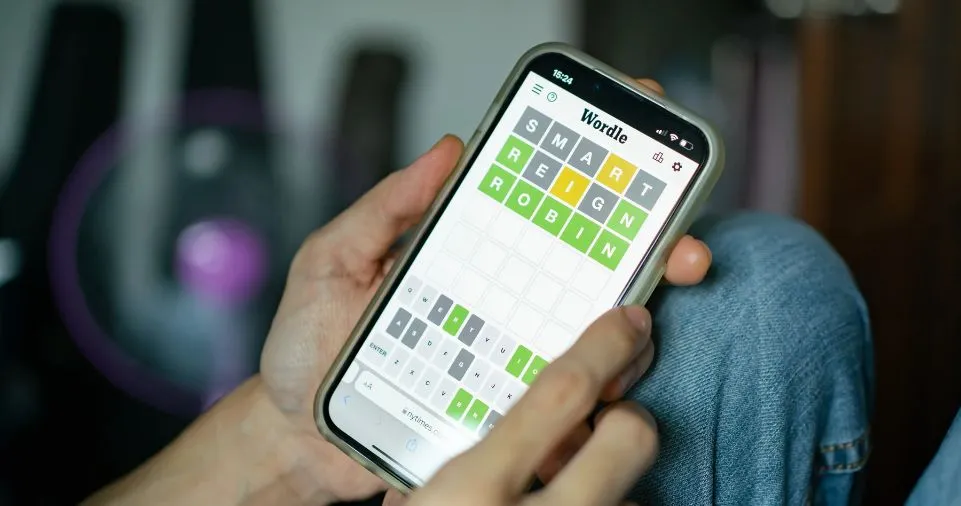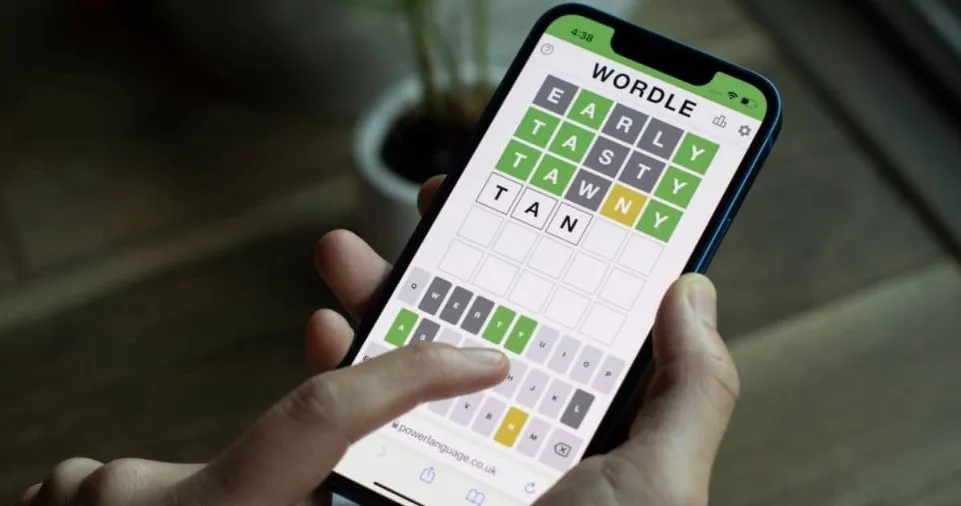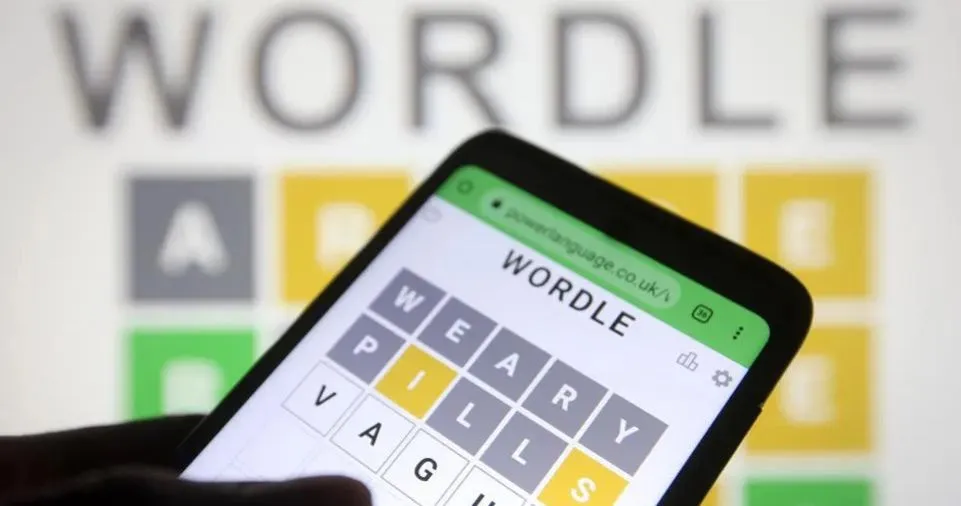Mastering Wordle requires more than just guessing random five-letter words—it demands a blend of strategy, vocabulary, and logical deduction.
This guide provides actionable tips and advanced strategies to improve your Wordle-solving skills, enabling you to identify patterns, analyze feedback efficiently, and solve puzzles faster.
Whether you’re a casual player or aiming for competitive play, these insights will help you optimize your approach and consistently crack the code
Understanding Wordle Basics
Wordle is a word puzzle game where players have six attempts to guess a five-letter word. Each guess provides feedback:
- Green tiles: Correct letter in the correct position.
- Yellow tiles: Correct letter in the wrong position.
- Gray tiles: Letter not in the word.
The objective is to strategically narrow down possibilities and guess the word in as few tries as possible. Familiarity with these basics is key to formulating an effective strategy.
Importance of Starting Words
Choosing the right starting word can set you up for success. A good starting word:
- Maximizes letter coverage: Includes commonly used vowels (A, E, I, O, U) and consonants (R, S, T, L, N).
- Avoids repetition: Reduces redundancy to test more unique letters in one attempt.
Examples of Effective Starting Words
| Word | Reason |
|---|---|
| ARISE | Covers common vowels and frequent consonants. |
| NOTES | Includes a mix of vowels and consonants. |
| LATER | Good distribution of commonly used letters. |
A solid starting word narrows down possibilities quickly and sets the stage for smarter guesses.
Analyzing Feedback from Wordle

Every guess provides crucial feedback. Here’s how to interpret it:
Green Tiles:
- Focus on keeping these letters fixed in subsequent guesses.
- Prioritize completing the word around these positions.
Yellow Tiles:
- Rearrange these letters in different positions while avoiding repetition.
- Combine with green tiles for a targeted approach.
Gray Tiles:
- Eliminate these letters entirely from future guesses.
- Cross-check with known word patterns to refine choices.
Developing Advanced Guessing Strategies
Moving beyond the basics requires adopting more refined techniques:
Two-Step Strategy
- First guess: Focus on maximizing letter coverage.
- Second guess: Use letters that were excluded or highlighted in yellow and green from the first attempt.
Word Families
Identify patterns or word families based on feedback. For example, if “STONE” results in “O” and “N” being yellow, consider words like “MONEY” or “PHONE.”
Frequency Analysis
Leverage the fact that certain letters appear more frequently in English words. For example, vowels like “E” and consonants like “R” are more common.
Avoiding Common Traps
Avoid guessing words with repeated letters too early unless feedback indicates repetition. For example, guessing “SASSY” wastes opportunities if repetition hasn’t been confirmed.
Improving Vocabulary for Wordle
A rich vocabulary is indispensable for Wordle success.
Tips to Enhance Vocabulary:
- Read regularly: Books, newspapers, and articles can expose you to new words.
- Word lists: Familiarize yourself with five-letter word lists.
- Play other word games: Games like Scrabble or Boggle sharpen word recall.
- Use vocabulary apps: Tools like Quizlet or Anki can aid retention.
Psychological Techniques to Stay Focused

Puzzle-solving requires mental sharpness. Adopt these psychological techniques:
- Deep focus: Eliminate distractions and concentrate fully on the task.
- Mindfulness: Stay calm, even if the word seems elusive.
- Breaks: If stuck, take a short break and return with a fresh perspective.
The Role of Timing
- Playing Wordle at a consistent time daily can improve performance due to habit formation.
Common Mistakes to Avoid
Even seasoned players make errors. Here are some pitfalls to steer clear of:
- Ignoring feedback: Failing to use green or yellow tile information effectively.
- Repeating incorrect letters: Wasting guesses by including eliminated letters.
- Lack of diversity in guesses: Guessing similar words without testing new possibilities.
Using Tools and Resources to Practice Wordle
Digital Tools
- Wordle Solver Tools: Online platforms like WordHippo or WordFinder can suggest potential words based on feedback.
- Anagram Solvers: Helpful for rearranging known letters into potential solutions.
Offline Practice
- Use a dictionary or create flashcards to practice word recall.
- Challenge yourself with crossword puzzles for lateral thinking development.
Advanced Insights for Competitive Wordle Play

Leveraging Probabilities
Understanding letter frequency in five-letter words can improve guesses.
| Letter | Frequency in Five-Letter Words (%) |
|---|---|
| E | 11.16 |
| A | 8.17 |
| R | 7.58 |
| O | 7.19 |
| T | 6.95 |
Strategies for Hard Mode
In Hard Mode, you must use revealed green and yellow tiles in subsequent guesses. This narrows your options but can sharpen your analytical skills.
ALSO READ: How to Play Wordle: A Comprehensive Beginner’s Guide
Final Thoughts
Improving your Wordle strategy takes practice, patience, and the right techniques. By applying these strategies, expanding your vocabulary, and staying disciplined, you’ll find yourself solving puzzles faster and with more confidence. Happy puzzling!
Frequently Asked Questions
Q: How often can I play Wordle?
Wordle updates with a new puzzle daily, but many players explore archived or alternative Wordle versions to practice.
Q: Are there cheats for Wordle?
While tools exist, using them diminishes the challenge and enjoyment of solving puzzles authentically.
Q: What makes a good Wordle player?
A blend of vocabulary knowledge, strategic guessing, and an analytical mindset.

